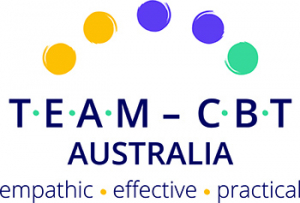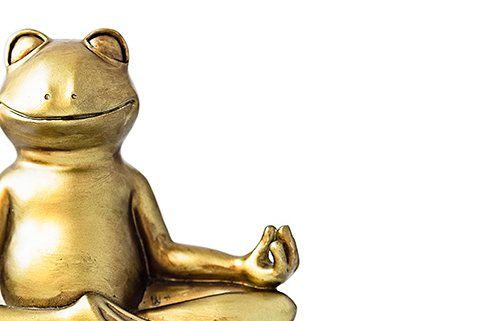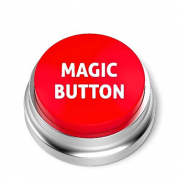What can you do if your client does not want help?
I am grateful to the latest training group at the Feeling Good Institute with Mike Christensen for raising this important question. In my first blog, I explained how the Assessment of Resistance, specifically using the Magic Button helps you to align with the client Sam’s understandable reluctance to change. By reframing sadness, anxiety or guilt as showing all sorts of compassionate, realistic and caring things about them you often seem to be able to melt away the resistance and make the methods so much easier and effective.
Skilful addressing of resistance makes the difference between trying to cut into a rock-solid lump of butter versus gliding through it easily with the lightest touch! According to David Burns, it used to take up to 15 to 20 methods to solve the problem but now he can get fast results with as few as 3 or 4.
That is certainly the case with David’s podcasts working with experienced therapists who have a knowledge of the format and a deep desire to make the changes.
And yet, not everyone is in that category. We do not all have the guru or rock star effect and sometimes clients say, “No thank you” to working on the mood problem or the addiction.
Many trainees are concerned that if they do too good a job of aligning with the resistance, they might talk their client out of making the very changes that would be so helpful for them. That feels kind of irresponsible and potentially even damaging. It requires a lot of practice to be able to use this technique effectively with a sense of authenticity. No one wants to feel like they have sabotaged the client’s recovery.
I know it feels disappointing for us as therapists when you offer the invitation to do the work on a variety of issues, you express hope about the good possibility of success, you explain that it will take hard work but you would love to support them with this problem. That is a comprehensive invitation that includes dangling the carrot about the likelihood of getting the desired outcome.
What if they say no?
We have to sit with open hands!
That doesn’t mean throwing our hands up in horror or washing your hands of the person. It is more of a Zen style acceptance that it is their decision about what to work on and what to leave alone. It is their life. On one hand, you would love to work with them, on the other hand, you respect their decision.
You can ask, “Is there something else they would like to work on? Or do they need more time to talk so you can understand the difficulties they are facing”?
At the end of the day, the TEAM-CBT response puts clients in the driver’s seat and so avoids any battle of wills trying to convince them about the need to change any particular aspect of their life.
This can be incredibly difficult when we want to help so much but it is doomed to failure if clients do not see the point. A classic example is habits and addictions. I have lost count of the number of times I have needed to explain to partners and parents that I can’t make their partner or teenager address their alcohol consumption or other addictions before they are ready and have their own motivation to do so. Once they decide to change, then we can do great work.
It hurts to accept this lack of control. It goes against our deeply held desire to rescue and help our clients. It was especially difficult for me as a first-born, ( I like to be in charge), and as a former teacher ( I can be bossy). But I have found sitting with open hands early in the session takes the pressure off me. It is respectful and prevents later feelings of frustration when suggestions are met with reasons why it wouldn’t work.
Sitting with open hands is an important part of the TEAM approach. The best way to master it is through regular training and practice.
If you are interested, send me an email to learn more about future training.
TEAM-CBT Therapist and Trainer (Level 4)




